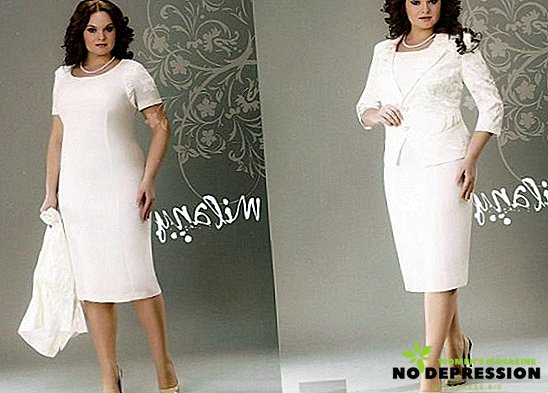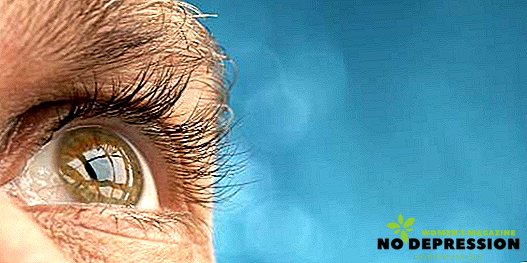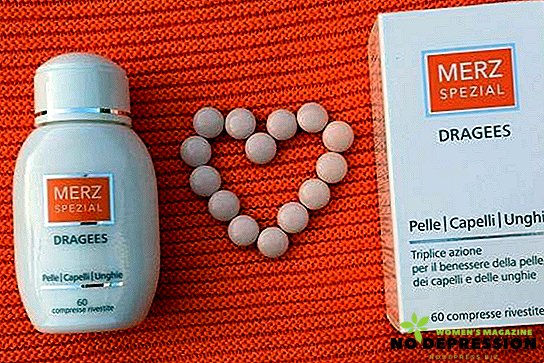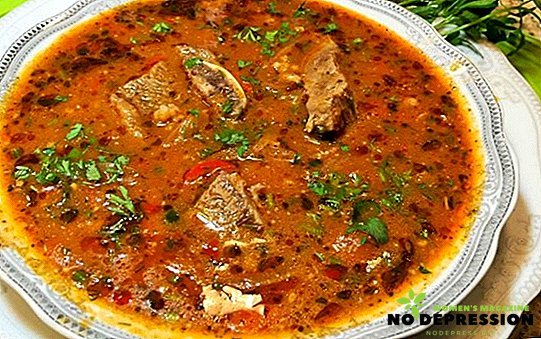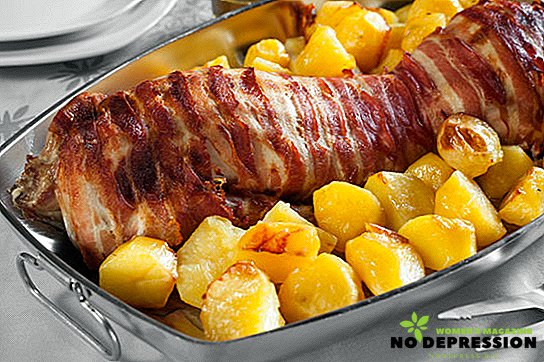There is a group of diseases that are not life-threatening, but reduces its quality. Proctitis is one of these pathologies. Obsessive discomfort in the rectal area, other symptoms of intestinal disorders, which are caused by inflammation, do not give a person rest. To prevent this from happening, it is necessary to identify the disease in time and begin treatment. There are chronic and acute forms of proctitis, each of them develops for certain reasons and has its own symptoms.

Classification of causes
There are two groups of causes that lead to this pathology:
- Local irritants that directly affect the mucous membrane of the organ.
- The second group includes the causes of a general nature, which act on the entire body and the upper intestines.
Local damaging factors
- Rectal administration of any irritating substances, for example, camphor, essential oil, alcohol infused with chilli. Most often, these drugs are used as a popular treatment that only exacerbates the symptoms.
- Mechanical injuries after self-massage of the anal ring, prostate.
- Incorrectly performed massage of the prostate gland.
- Introduction of any foreign bodies into the rectal cavity. For example, enemas.
- Transition of infection from surrounding tissues, for example, the bladder, vagina, peri-intestinal fatty tissue.
- Tumor of the rectum or surrounding tissue.
Common causes
- Various infections of the intestinal tract with their protracted course. The development of anal proctitis can be caused not only by the ingress of microorganisms on the mucous membrane, but also by the action of mechanical factors, for example, due to diarrhea, the release of toxins. Common infectious causes include dysentery, salmonellosis, enteroviruses, autoimmune diseases that affect the intestines.
- Various parasitic diseases, for example, giardiasis, enterobiasis, Chagas pathology.
- STIs, that is, sexually transmitted diseases. For example, syphilis and gonorrhea. Motility disorders or innervation of the colon can lead to this pathology. The main damaging factor is chronic constipation.
Other common disorders include irritable bowel syndrome, colon dyskinesia. Also, proctitis may develop after radiation therapy, when using radon baths. It should be noted that common causes often provoke the development of chronic proctitis. The acute form in more than 80 cases is the result of local provoking factors.
Main symptoms of proctitis
Acute proctitis
As a rule, signs of the acute form occur immediately or 2 hours after the action of the damaging factor. Most often, patients are worried about pain.
 Pain of a pulling nature, low intensity may increase during bowel movements. Patients often can not name the exact location of the pain, indicating the lower abdomen and lower back. But with active questioning, the doctor can find out that the unpleasant sensation is most often located in the region of the sacrum or the anus.
Pain of a pulling nature, low intensity may increase during bowel movements. Patients often can not name the exact location of the pain, indicating the lower abdomen and lower back. But with active questioning, the doctor can find out that the unpleasant sensation is most often located in the region of the sacrum or the anus.
The pain hurts during the day, which leads to anxiety and increased irritability. May decrease after taking anti-inflammatory, for example, Ketorolaka, Ibuprofen, combination drugs - Spazmalgone or Baralgin.
Violation of the act of defecation - another symptom. The patient is constantly pulling into the toilet. In this case, the stool, due to an increase in defecation, acquires a slimy character, and the appearance of a small amount of blood is also possible.
Symptoms of acute proctitis can be complemented by a decrease in appetite, a slight increase in temperature, and discomfort in the abdomen.
Chronic
In this form of pathology, exacerbations alternate with periods of remission. The main criteria for diagnosis - the course of the disease for more than six months. The clinical picture outside the periods of exacerbation is erased, usually it is limited to recurrent feelings of discomfort in the rectum.
Since chronic proctitis most often occurs against the background of other diseases, symptoms that are directly related to this pathology come to the fore for the patient.
Radial proctitis
Despite the fact that radiation proctitis is attributed to the canonical form of pathology, many doctors distinguish it as a separate type of disease. The main difference is pronounced pain syndrome that constantly accompanies the patient. Unfortunately, at the moment there is no effective pain relief for radiation proctitis, therefore, it is rather difficult to alleviate the symptoms. In addition, the disease may be accompanied by other symptoms:
- weight loss;
- lack of appetite;
- depression of immunity, due to which a person is prone to other diseases.
How is the diagnosis?
To make a correct diagnosis, it is necessary to conduct a comprehensive examination of the patient. Begin it with the usual inspection of the anal and perianal areas. In acute proctitis or in the case of exacerbation of the chronic form, such changes may be observed as:
- Redness of the skin around the anus.
- The appearance of fistulous canal openings, which appear in the form of small protrusions.
- The walls of the anal canal are saturated red in color, in some cases, cracks are found on them.
In children, the lesions usually bleed, which makes it possible to quickly suspect acute proctitis. With a long-term current disease, hemorrhoidal nodules may appear in adults - the formation of a darker color.
Examination technique: the patient needs to get up in the knee-elbow position so that the doctor has visual access. To inspect the anal ring and sections of the rectum, you need to relax as much as possible. For a more thorough examination, the doctor uses anoscope.
Finger research is one of the most ancient diagnostic methods for which no additional tool is needed. With this method, the doctor can suspect not only inflammation of the rectum, but also possible causes, such as trauma, a tumor, and so on.
From the patient does not require special training. If a person cannot stand in the knee-elbow position, he is recommended to take a position on the left side with his legs pressed to his stomach. During the study, the doctor will evaluate:
- the integrity of the rectum, the state of the walls of the organ;
- the presence of any formations on the wall;
- nature of discharge.
Instrumental methods - the best way to diagnose for the correct diagnosis. The diagnosis of proctitis cannot be made if the patient has not been examined by a proctologist.
 Currently, the following methods are used:
Currently, the following methods are used:
- Anoscopy. It is carried out with the help of a special rectal speculum, which is smeared with vaseline oil and inserted into the anus, expanding it somewhat. Due to this, a better view is opened than during a regular inspection.
- Rectoromanoscopy. An endoscopic method, during which a detailed examination of the walls of the rectum with a length of up to 30 cm is carried out. For this purpose, a plastic tube with a camera and a light source is used.
Analyzing mucosal changes, the doctor can determine the form of the disease:
- Catarrhal proctitis. It usually occurs after the action of irritating substances on the rectum. Most often characterized by the appearance of edema and increased vascular pattern.
- Purulent proctitis. This is evidenced by the presence of pus. Most often develops as a result of the action of microorganisms.
- Erosive proctitis. With this form of pathology, the surface layer of the intestine becomes thinner, which is usually observed with a long-term illness.
- Ulcerative proctitis. It is characterized by the formation of deep defects, damage to the muscle layer.
- Mixed forms. Occur in the case of a combination of various pathogenic factors.
Biopsy - this term refers to the taking of rectal tissue for examination under a microscope. Since local anesthesia is not shown during this procedure, the event itself will be unpleasant for the patient. But at the same time a biopsy is necessary to exclude the presence of tumors on the wall of the rectum.

Additional methods include laboratory diagnostics, such as general blood tests, feces, urine.
Features of the preparation for the study
It is necessary to 100% clear the rectum of feces so that nothing prevents the inspection. Preparation includes:
- Three days before the study, you need to maintain a special diet that excludes foods rich in fiber, such as cereals, berries, vegetables, rye bread.
- On the evening before the examination, the patient may eat a light supper.
- After 50 minutes after dinner, the patient needs to put an enema, carrying out manipulations every hour until the washing is clean.
- Research conducted on an empty stomach, so breakfast is not necessary.
- In the morning, some time before the rectoromanoscopy re-put an enema.
Features of the treatment of acute proctitis
The tactics of treatment of proctitis is different for its various types, so the first step to get rid of the pathology is a qualitative diagnosis.
Acute proctitis
It is important to combine non-drug therapy with medication. The first paragraph implies the limitation of physical exertion, while the patient is shown bed rest. Also, the patient is strongly advised to follow a sparing diet until all symptoms disappear. It involves the exclusion of beverages and dishes that irritate the intestine. So, you can not consume:
- Too hot and cold foods, as well as chemically irritating dishes, such as fried, spicy, salty.
- Products that can trigger the development of constipation, such as flour dishes, pasta, and so on.
In addition to the diet, medical treatment includes a number of procedures:
- baths with potassium permanganate - no more than 4 times a day;
- enemas or application of sea buckthorn or olive oil on the walls of the rectum;
- light sedatives to improve the overall condition.
Drug therapy depends on the cause of acute proctitis. The most common treatment regimens are:
- Non-hormonal anti-inflammatory drugs, such as Ibuprofen, Ketorol. Alternative - combination drugs, antispasmodics and NSAIDs, such as Spazmalgon and Baralgin. They reduce pain, normalize the condition of the mucous membrane, relax the walls of the rectum, which reduces pain. Apply in the form of tablets inside or intramuscular injections a maximum of four times a day.

- With long-term administration for more than 7 days, it is recommended to take proton pump inhibitors. Due to this, you can avoid various side effects from taking hormonal anti-inflammatory drugs. For example, Omez or Omeprazole.
- Local glucocorticosteroids, that is, hormones, for example, Ultraprokt or Relief Ultra. Eliminate the symptoms of acute mumps, suppressing inflammatory processes. Eliminates pain and discomfort. Registered in the form of rectal suppositories, it is recommended to apply no more than 4 times per day.
- Lung laxatives, such as Duphalac, Guttalaks. Help to prevent constipation. Tablets are taken orally 1 time per day.
In infectious inflammation, first of all, it is necessary to eliminate the damaging factor, that is, to destroy the harmful bacteria in the intestinal cavity. It should be noted that if proctitis has arisen due to an intestinal infection, it is impossible to do without drugs for the rehabilitation of the entire intestine.
Hormones for local use are not recommended in this case, as they may contribute to the spread of bacteria. The treatment regimen is as follows:
- Local antiseptic candles and ointments to destroy bacteria. For example, Ultraprokt. Enter the drug after defecation twice a day. After the introduction of the ointment, it is necessary to keep the drug in the intestinal cavity for at least half an hour, for which you need to lie down. After the complete disappearance of symptoms, doctors recommend continuing the course for another week.
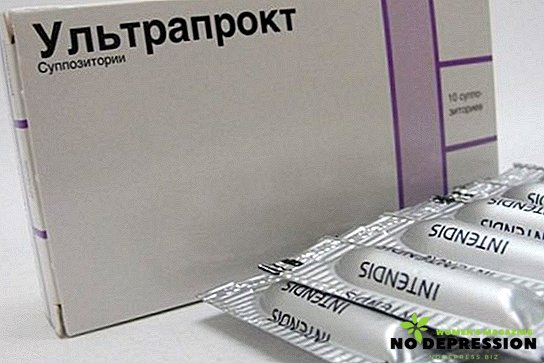
- Antibacterial drugs for the rehabilitation of the intestines from bacteria. Furazolidone is the best remedy. It has a wide spectrum of action, reaches its maximum concentration in the intestinal area, is absorbed into the blood by only 30%. However, he is often allergic to many patients. In this case, the following antibiotics should be replaced: Unidox or Doxycycline. However, they are contraindicated for pregnant women and children under 8 years of age. The safest drug is josamycin. But remember that only a doctor can select an optimal antibiotic.
It is important to remember when taking antibiotics that these drugs destroy the intestinal microflora. Therefore, after their reception may be problems with digestion. To avoid this, you need to "settle" the good bacteria using Bifidum or Linex.
They may also prescribe combined drugs (antispasmodics and NSAIDs) or laxatives. As a rule, the symptoms of infectious inflammation disappear within 5-7 days, but only if the treatment was prescribed in a timely manner.
In case of inflammation of the tissues near the rectum and ingress of a foreign body, surgical intervention is indicated for its removal. After surgery, the doctor will determine further therapy depending on the complications, the degree of organ damage, and the patient's condition. Most often, the therapist prescribes antibiotics, laxatives, NSAIDs.
For tumors, the treatment is carried out by an oncologist. He takes a repeated biopsy and conducts a study, due to this, it is possible to determine the degree of spread of the tumor, the presence of metastases, the degree of damage to the lymph nodes. If the formation is benign, then only it is removed. In case of a malignant tumor that did not penetrate into the neighboring organs, the entire rectum is removed. If malignant neoplasms have spread beyond the organ, use methods of radiation chemotherapy.
Features of treatment of chronic proctitis
In this form of the disease, all the efforts of the physician should be directed to the detection and elimination of background pathology, due to which inflammation occurred. The treatment regimen is quite complicated, so we describe only the most important points:
 Autoimmune pathology. The basis of treatment is hormone therapy, for example, Prednisolone, Hydrocortisone. Most often their lifelong reception is appointed. During exacerbation, pulse therapy is performed when a patient is administered high doses of hormones for several days. With their ineffectiveness, the doctor transfers the patient to cytostatics. When complications occur, surgical intervention is performed.
Autoimmune pathology. The basis of treatment is hormone therapy, for example, Prednisolone, Hydrocortisone. Most often their lifelong reception is appointed. During exacerbation, pulse therapy is performed when a patient is administered high doses of hormones for several days. With their ineffectiveness, the doctor transfers the patient to cytostatics. When complications occur, surgical intervention is performed.- STIs. Conducted specific antibiotic therapy in combination with anti-inflammatory drugs.
- Parasitic pathology. Specific antiparasitic drugs are prescribed. Complications require surgical intervention.
- Irritable bowel syndrome. To eliminate the increased excitability prescribed sedatives. It is also important to conduct therapy in combination with lifestyle correction.
Radial proctitis
With this pathology, pain comes to the fore. It is so pronounced that patients do not find a place for themselves. Therefore, it can be removed by any pharmacological preparations that are effective for the patient. Perhaps the appointment of narcotic analgesics, antispasmodics.
Additionally, therapy is carried out, which is aimed at reducing the damaging effects of radiation. To do this, use antioxidants, for example, Tocopherol or Ascorbic acid. To reduce inflammation, local hormone preparations are used, such as Doloprokt or Ultraprokt. However, this is only an approximate treatment regimen - only a doctor can prescribe the correct adequate therapy. At the moment, proctitis is not a dangerous pathology, since effective treatments have been developed.
The main thing a patient should do is to consult a specialist in time, not to self-medicate, since this can cause complications.




 Autoimmune pathology. The basis of treatment is hormone therapy, for example, Prednisolone, Hydrocortisone. Most often their lifelong reception is appointed. During exacerbation, pulse therapy is performed when a patient is administered high doses of hormones for several days. With their ineffectiveness, the doctor transfers the patient to cytostatics. When complications occur, surgical intervention is performed.
Autoimmune pathology. The basis of treatment is hormone therapy, for example, Prednisolone, Hydrocortisone. Most often their lifelong reception is appointed. During exacerbation, pulse therapy is performed when a patient is administered high doses of hormones for several days. With their ineffectiveness, the doctor transfers the patient to cytostatics. When complications occur, surgical intervention is performed.
